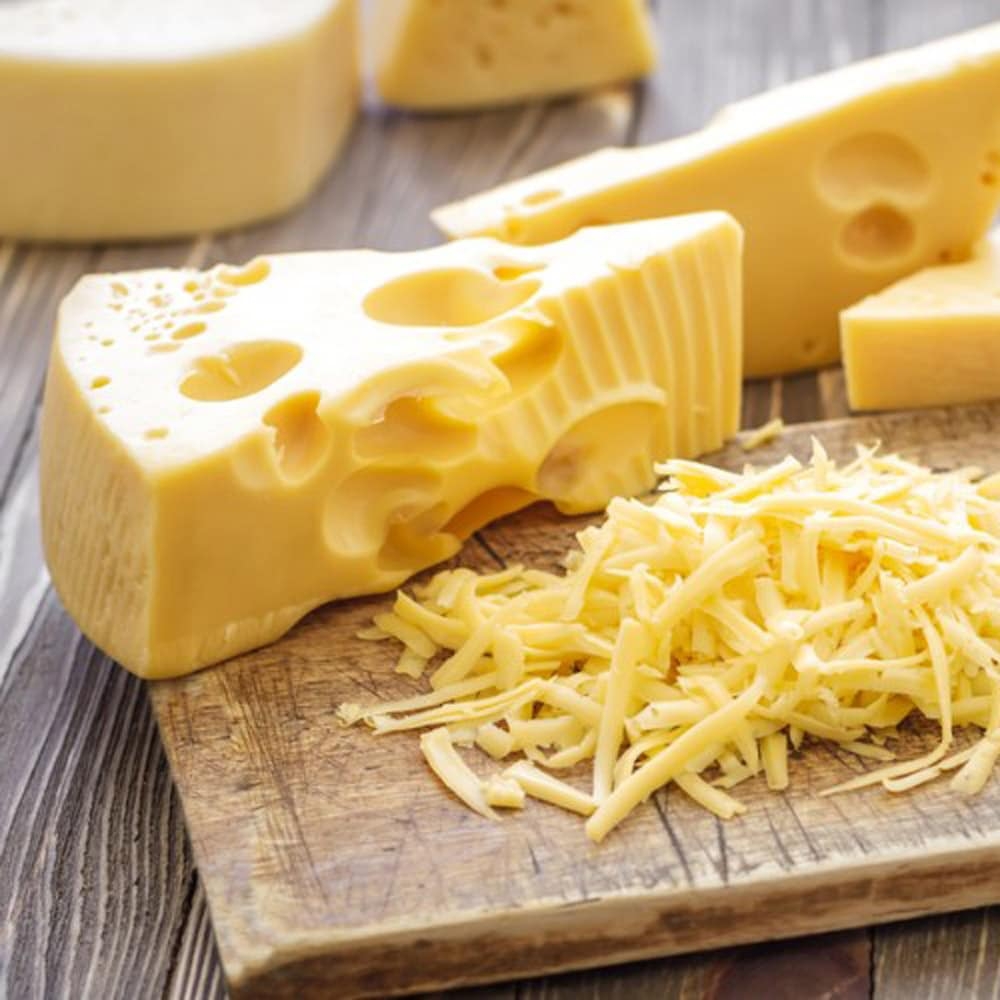Pasta Filata Cheese: A Closer Look at its Unique Properties and Production Process

The Production Process of Stretched Curd Cheese
The production of stretched curd cheese involves several unique steps that play a key role in developing its characteristic stretched curd texture:
- Milk Standardization and Curdling: Milk is standardized to the desired fat content and coagulated using rennet or a bacterial culture.
- Curd Cooking and Draining: The coagulated curd is cut, heated, and stirred to encourage whey separation and reduce acidity levels.
- Milling: The warm curd is milled or stretched using mechanical tools to standardize its size prior to stretching.
- Stretching and Kneading: This is the defining step. The warm curd is stretched and kneaded (often by hand) in hot water or whey. This develops the stringy protein network structure.
- Salting and Forming: The stretched curd is salted and molded or formed into balls, braids, or other shapes specific to the type of cheese.
- Drying/Aging: The formed cheeses are dried or aged to the desired maturity and texture. Aging times range from fresh to several months.
Effects of Stretching on Texture and Functionality
The stretching and kneading process during pasta filata production has significant effects on the cheese's textural properties and functionality:
- It aligns and untangles the casein protein fibers, giving the stretched curd its characteristic elastic, stringy texture.
- It develops a protein-lipid complex within the matrix that prevents cheese fracture during stretching and melting.
- It allows Pasta Filata Cheese to be tossed, baked, or melted without breaking down due to their elastic protein network structure.
- As they dry and age, the aligned protein fibers tighten, firming the texture from soft/elastic to harder and more brittle.
Influence of Production Variables
Several variables during production impact the characteristics of the final stretched curd cheese:
- Stretching temperature - Higher temperatures soften proteins for maximum stretch but can affect moisture retention.
- Stretching time - Longer stretching further develops texture but can induce whey expulsion if over-extended.
- Salting - Proper salting balances flavor and inhibits whey expulsion during shaping and storage.
- Aging conditions - Temperature, humidity, and duration affect moisture loss and development of texture, color and flavor profiles.
Common Types of Pasta Filata Cheese
A few specific types of stretched curd cheese produced globally using the general method above include:
- Mozzarella - The most widely produced variety, used for pizza and in salads. Its texture ranges from soft to semi-hard.
- Provolone - Originated in Italy, usually aged 2+ months into a firm texture. Often used sliced or in antipasto.
- Scamorza - Similar to provolone but smoked during production, imparting a brown color. Commonly used diced or on skewers.
- Caciocavallo - Another Italian variety made into distinctive balls or ovals and aged up to a year for grating or shredding.
With consistent variations to the production steps, a diverse range of traditional and contemporary pasta filata cheeses are made worldwide using this unique stretched curd-based technique.
Get more insights on Pasta Filata Cheese
- Industry
- Art
- Causes
- Crafts
- Dance
- Drinks
- Film
- Fitness
- Food
- Games
- Gardening
- Health
- Home
- Literature
- Music
- Networking
- Other
- Party
- Religion
- Shopping
- Sports
- Theater
- Wellness
- News


